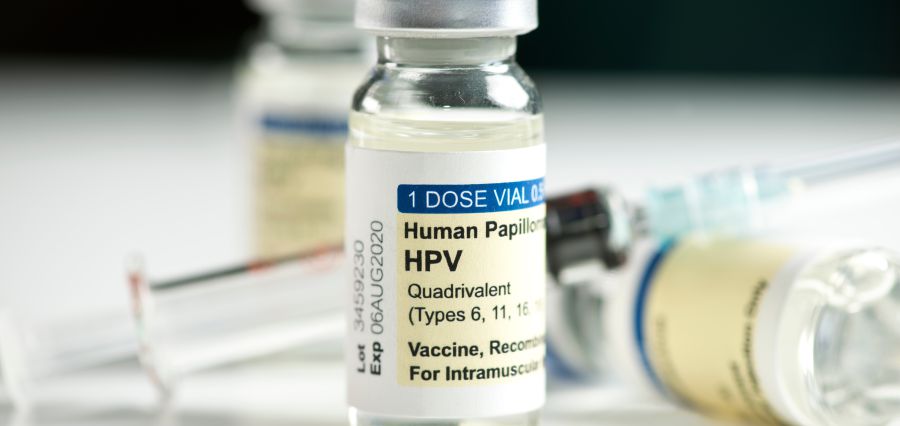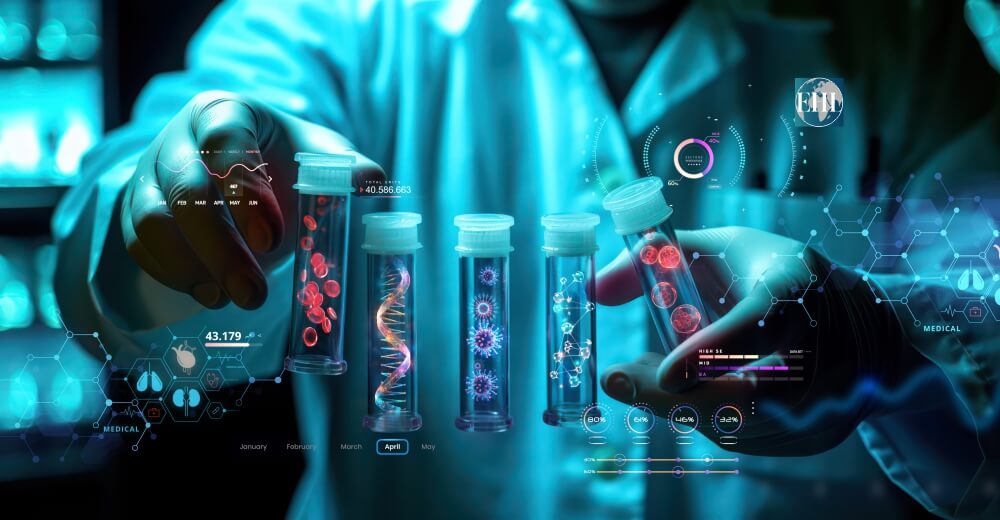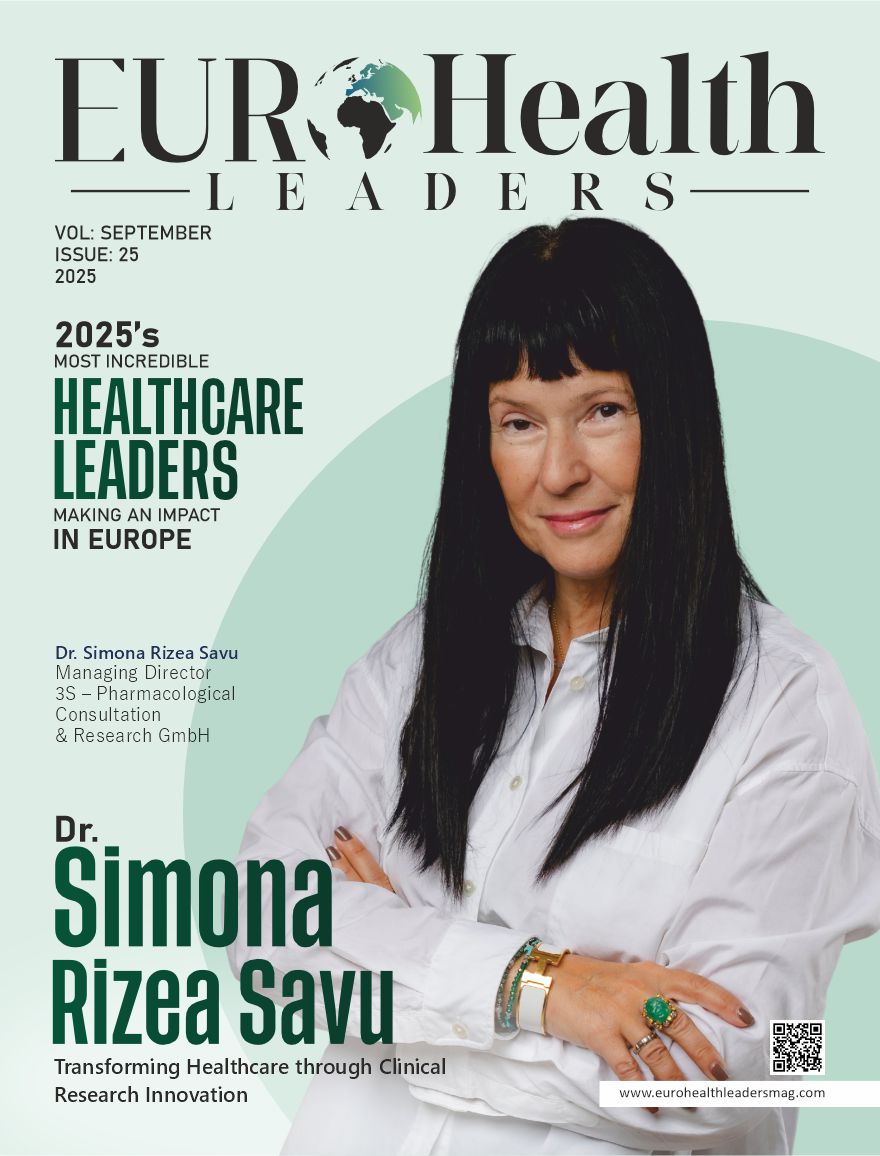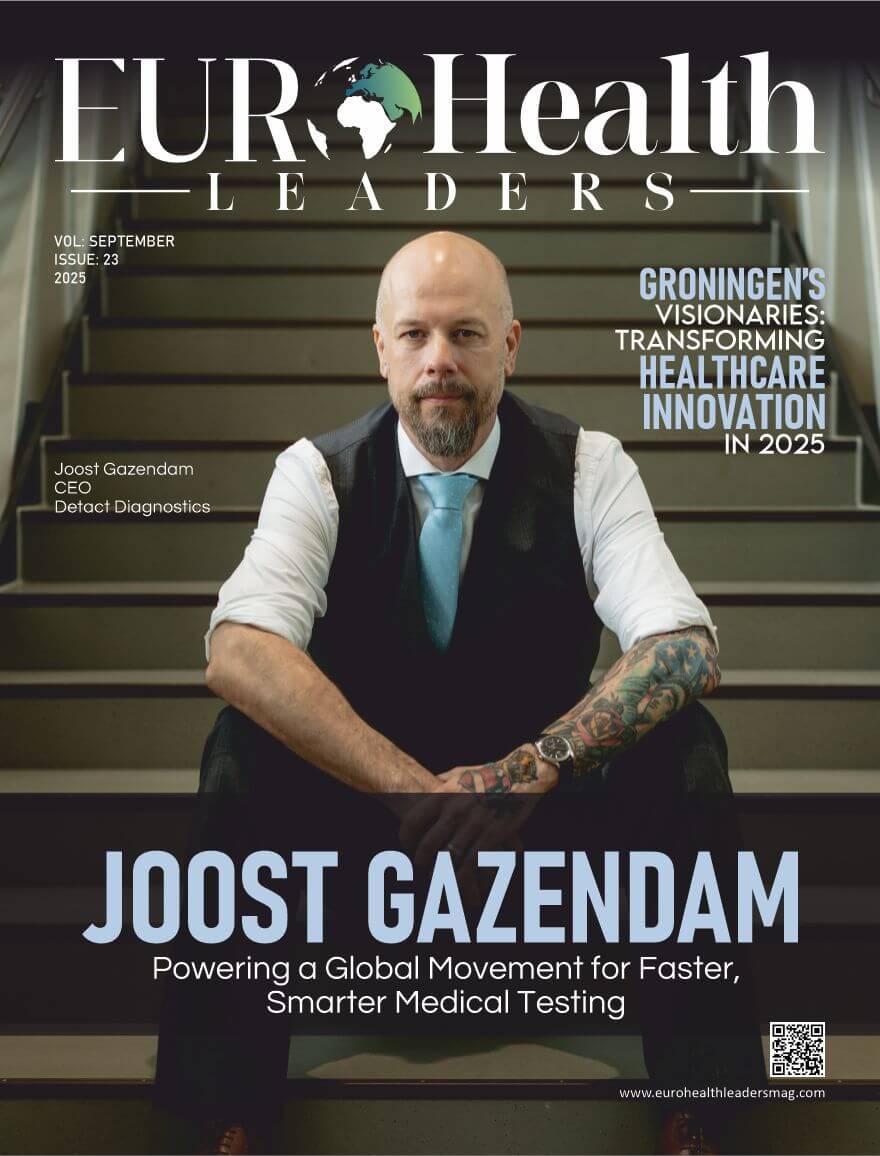Global Reach
Today, health inequity remains a major global challenge, but health technology is helping expand access to quality care for billions. Even with medical advancement, there are still a significant number of people who do not receive complete coverage of basic health services, particularly in low- and middle-income states.
In this article, we will see how digital health tools, robotics, and remote patient monitoring are transforming healthcare delivery by overcoming geographical, economic, and infrastructure barriers.
Digital Health and Telemedicine
Digital health, which includes mobile health apps, telemedicine, wearable devices, and health information systems, is becoming an essential part of healthcare worldwide. Telemedicine, in particular, has proven vital for reaching underserved populations, allowing virtual consultations and continuous care without the need to travel long distances. The COVID-19 pandemic accelerated the use of telehealth, showing its ability to provide safe and effective care even when movement is limited.
For example, Indonesia uses telemedicine to connect its many islands to specialized care centers that are otherwise hard to reach. In India, the Ayushman Bharat Digital Mission brings together over 50 health apps to make healthcare delivery more efficient. One of the ways digital technology has been leveraged to improve patient outcomes globally is through the promotion of a unified global digital health strategy.
The World Health Organization (WHO) is in the forefront of the digital health revolution with their global digital health strategy, which aims to assist countries to expand digital health innovation safely, ethically, and effectively, thereby improving health outcomes worldwide.
Robotics and Advanced Diagnostics
Healthcare is increasingly becoming more reliant on technology, particularly in areas of diagnostics, treatment decisions, and patient care. In dermatology, time-tested diagnostic methods are now surpassed by the new high-tech equipment that can diagnose skin cancer better than even seasoned doctors. This signifies that technology is increasing clinical accuracy and improving patient outcomes.
The other important innovation is robotics. For example, at Cleveland Clinic Abu Dhabi, the first robotic mastectomy was performed in the UAE. The less invasive nature of robotic surgeries results in fewer side effects, and the patient is usually able to get back to their normal routine faster, offering double benefit: quality care and less burden on healthcare systems. Such innovations are especially important based on the fact that the WHO projects a shortage of 10 million healthcare workers around the world in 2030.
Remote Patient Monitoring and Connected Care
Remote Patient Monitoring (RPM) is a technology that uses wearable gadgets and sensors to monitor the vital signs of patients at all times and sends real-time data to their healthcare provider. This strategy has been very effective in controlling chronic diseases, especially in the older population or patients recovering after surgery.
Hospital-level care is delivered within the comfort of homes, and unnecessary visits to hospitals are avoided, decreasing workloads on institutions and increasing patient participation in self-management. The hospital-at-home model is another trend that is gaining popularity worldwide, due to the fact that it enables communities to gain more access to quality, affordable, and patient-centered care, coupled with an emphasis on comfort and safety.
Challenges and the Path Forward
Despite remarkable progress, there are still obstacles in the way. Many countries are still facing infrastructural inadequacies, low digital literacy rates, weak data governance, and staffing problems in the healthcare sector. To overcome the barriers, there must be inclusive government policies, strategic investments, and distribution of resources to reach marginalized populations and remote areas with healthcare access.
WHO Global Digital Health 2020-2025 is a roadmap that focuses on the values of transparency, security, interoperability, and equity as a prerequisite of digital health integration in the world. International health agencies and governments must make efforts to achieve sustainable and technology-enabled health systems that support innovation over privacy and ethical concerns.
At the global level, it is important to create innovation centres, raise funds, and facilitate cross-sectoral partnerships. Such partnerships not only support the creation of health technologies within resource-restricted regions but also ensure that innovations will be made to suit the specific contexts and demands.
Conclusion
Health technology is steering into a new era of global healthcare, which is accessible across the world. Through the utilization of digital innovations, the sector will be able to transcend traditional limitations and provide high-quality care to patients.
Implementation of these technologies is important to ensure that the goal of universal health coverage is achieved. Innovation and equity are the key to the future of global healthcare: it is essential to provide everyone with better health and well-being.










